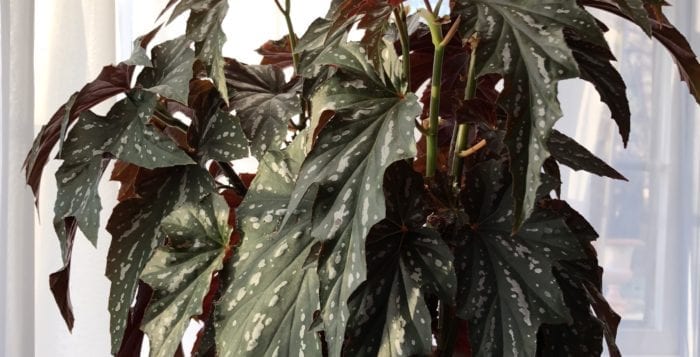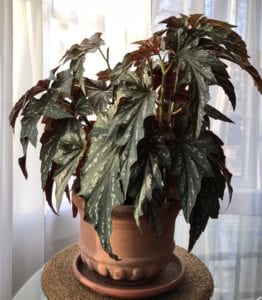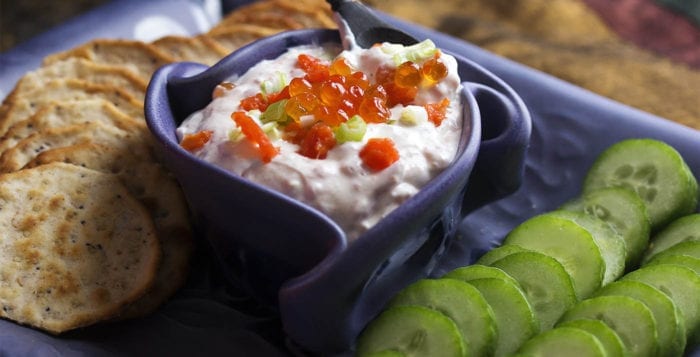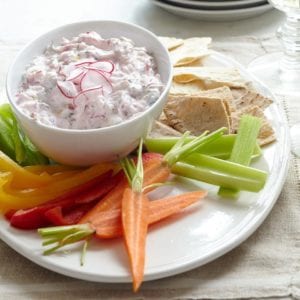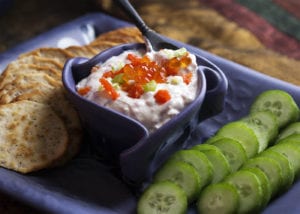Simple dietary changes can improve outcomes
By David Dunaief, M.D.

Cardiovascular disease is anything but boring; what we know about it is constantly evolving. New information comes along all the time, which on the whole is a good thing. Even though cardiovascular disease has been on the decline, it is still the number one killer of Americans, responsible for almost 30 percent of deaths per year (1). However, not all studies nor all analyses on the topic are created equal. Therefore, I thought it apropos to present a quiz on cardiovascular disease myths and truths.
Without further ado, here is a challenge to your cardiovascular disease IQ. The questions below are either true or false. The answers and evidence are provided after.
1) Saturated fat is good for us, but processed foods and trans fats are unhealthy.
2) Fish oil supplements help reduce the risk of cardiovascular disease and mortality.
3) Fiber has significant beneficial effects on heart disease prevention.
4) Unlike sugary sodas and drinks, diet soda is most likely not a contributor to this disease.
5) Vitamin D deficiency may contribute to cardiovascular disease.
Now that was not so difficult. Or was it? The answers are as follows: 1-F, 2-F, 3-T, 4-F and 5-T. So, how did you do? Regardless of whether you know the answers, the reasons are even more important to know. Let’s look at the evidence.
Saturated fat
Most of the medical community has been under the impression that saturated fat is not good for us. We need to limit the amount we ingest to no more than 10 percent of our diet. But is this true? The results of a published meta-analysis (a group of 72 randomized clinical trials and observational studies) would upend this paradigm (2).
While saturated fat did not decrease the risk of cardiovascular disease, it did not significantly increase the risk either. Also, results showed that trans fats increase risk. Of course, trans fats are a processed fat, so this is something that most of us would agree upon. And in the clinical trials portion of the meta-analysis, omega-3 and omega-6 polyunsaturated fats did not significantly reduce the risk of cardiovascular disease.
Does this mean that we can go back to eating saturated fats with impunity? Well, there were weaknesses and flaws with this study. The authors only looked at the one dimension of fat. Their comparison was based on the upper-third of intake of one type of fat versus the lower-third of intake of the same type of fat (whether it was saturated fat or a type of unsaturated fat). It did not consider whether saturated fat was substituted with refined grains or unsaturated fatty acids. Also, what was the source of saturated fats, animal or plant, and did these sources also contain unsaturated fats as well, like olive oil or nuts which contain good fats?
Therefore, there are many unanswered questions and potentially several significant flaws with this study.
The meta-analysis also does not differentiate among plant or animal saturated fat sources. But in one that does, the researchers found saturated fats from animal sources increased cholesterol and the risk of cardiovascular disease (3). Also in another study, specifically using unsaturated fats in place of saturated fat reduced the risk of this disease (4, 5).
Fish oil
There is a whole industry built around fish oil and reducing the risk of cardiovascular disease. Yet the data don’t seem to confirm this theory. In the age-related eye disease study 2 (AREDS2), unfortunately, 1 gram of fish oil (long-chain omega-3 fatty acids) daily did not demonstrate any benefit in the prevention of cardiovascular disease nor its resultant mortality (6). This study was done over a five-year period in the elderly with macular degeneration. The cardiovascular primary end point was a tangential portion of the ophthalmic AREDS2. This does not mean that fish, itself, falls into that same category, but for now there does not seem to be a need to take fish oil supplements for heart disease, except potentially for those with very high triglycerides. Fish oil, at best, is controversial; at worst, it has no benefit with cardiovascular disease.
Fiber
We know that fiber tends to be important for a number of diseases, and cardiovascular disease does not appear to be an exception. In a meta-analysis involving 22 observational studies, the results showed a linear relationship between fiber intake and decreased risk for developing cardiovascular disease (7). In other words, for every 7 grams of fiber consumed, there was a 9 percent reduced risk in developing the disease. It did not matter the source of the fiber from plant foods; vegetables, grains and fruit all decreased the risk of cardiovascular disease. This did not involve supplemental fiber, like that found in Fiber One or Metamucil. To give you an idea about how easy it is to get a significant amount of fiber, one cup of lentils has 15.6 grams of fiber, one cup of raspberries or green peas has almost 9 grams, and one medium-size apple has 4.4 grams. Americans are sorely deficient in fiber (8).
Diet soda
A presentation at the American College of Cardiology examined the Women’s Health Initiative: The study suggests that diet soda may increase the risk of heart disease (9). In those drinking two or more cans per day, defined as 12 ounces per can, there was a 30 percent increased risk of a cardiovascular event, such as a stroke or heart attack, but an even greater risk of cardiovascular mortality, 50 percent, over 10 years. These results took into account confounding factors like smoking, diabetes, high blood pressure and obesity. This study involved over 56,000 postmenopausal women for almost a nine-year duration.
Vitamin D
The results of an observational study in the elderly suggest that vitamin D deficiency may be associated with cardiovascular disease risk. The study showed that those whose vitamin D levels were low had increased inflammation, demonstrated by elevated biomarkers including C-reactive protein (CRP) (10). This biomarker is related to inflammation of the heart, though it is not as specific as one would hope.
Beware in regards to saturated fat. If a study looks like an outlier or too good to be true, then probably it is. I would not run out and get a cheeseburger just yet. However, study after study has shown benefit with fiber. So if you want to reduce the risk of cardiovascular disease, consume as much whole food fiber as possible. Also, since we live in the Northeast, consider taking at least 1000 IUs of vitamin D daily. This is a simple way to help thwart the risk of the number one killer.
References:
(1) hhs.gov. (2) Ann Intern Med. 2014;160(6):398-406. (3) JAMA 1986;256(20):2623. (4) Am J Clin Nutr. 2009;99(5):1425-1432. (5) Cochrane Database Syst Rev. 2012:5;CD002137. (6) JAMA Intern Med. Online March 17, 2014. (7) BMJ 2013; 347:f6879. (8) Am J Med. 2013 Dec;126(12):1059-67.e1-4. (9) ACC Scientific Sessions 2014; Abstract 917-905. (10) J Clin Endocrinol Metab online February 24, 2014.
Dr. Dunaief is a speaker, author and local lifestyle medicine physician focusing on the integration of medicine, nutrition, fitness and stress management. For further information, visit www.medicalcompassmd.com or consult your personal physician.

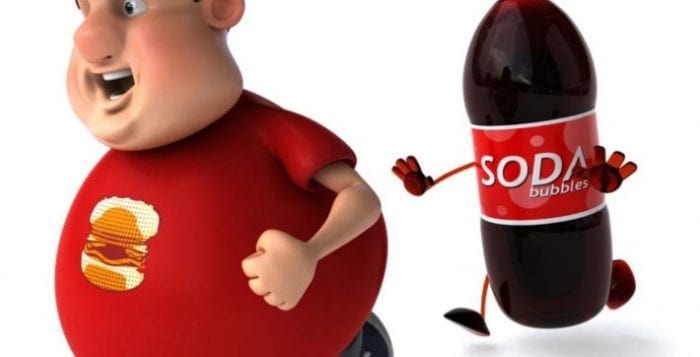
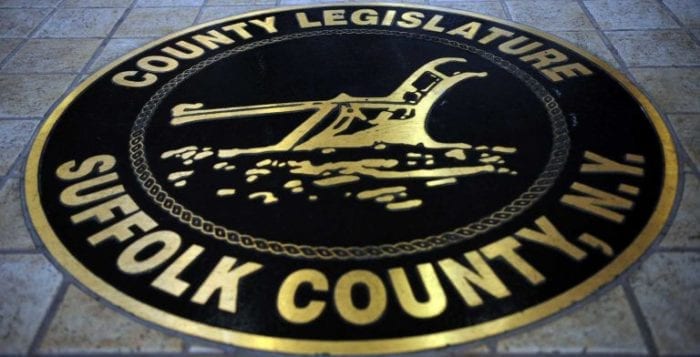

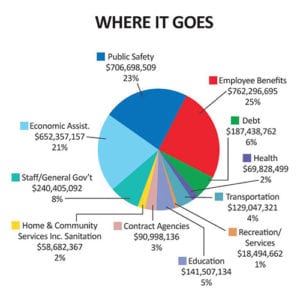 The operating budget generally receives most of the attention because it has the largest impact on our day-to-day lives and the services citizens receive. The operating budget process begins in the spring when the county executive tells the county departments and agencies what he expects the county financial situation will be in the next fiscal year and requests each department/agency head to submit a budget request for the coming fiscal year based on those expectations.
The operating budget generally receives most of the attention because it has the largest impact on our day-to-day lives and the services citizens receive. The operating budget process begins in the spring when the county executive tells the county departments and agencies what he expects the county financial situation will be in the next fiscal year and requests each department/agency head to submit a budget request for the coming fiscal year based on those expectations. 